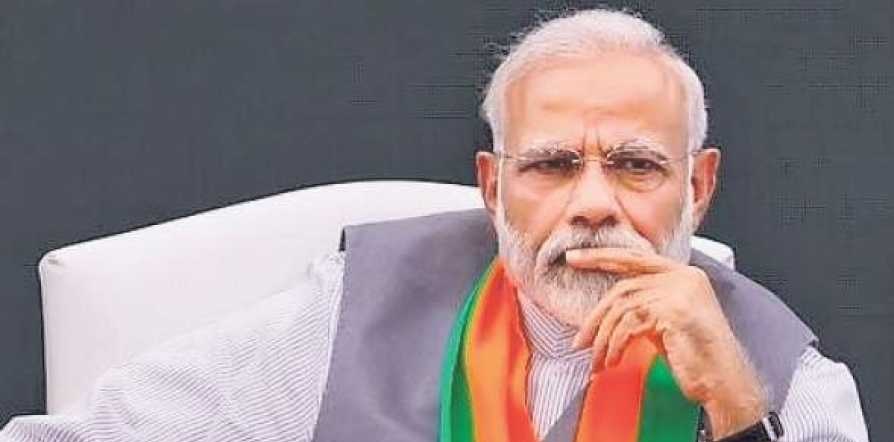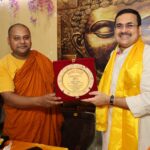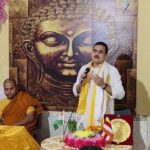End of Article 370: Finally, equal opportunity and benefit for all
- By : Anirban Ganguly
- Category : Articles

The defanging and abrogation of Article 370 and the altering of the status of the region brought to fruition the dream of seeing India integrated from the Himalayas to the Indian Ocean.
Since my last column, India has irrevocably changed. From Kashmir to Kanyakumari, it is literally one flag that flutters, the Tricolour without reserve, without parallel.
The defanging and abrogation of Article 370 and the altering of the status of the region brought to fruition the dream of seeing India integrated from the Himalayas to the Indian Ocean.
Through this one act and through the enunciation of his vision for the growth and development of the region, Prime Minister Narendra Modi has emerged as the great unifier.
He has not only assaulted and decimated the entrenched shibboleth of Article 370 being sacrosanct and inviolable but elicited support from a wide spectrum of the political class with a number of parties standing by the move.
The other dimension of the Article 370 narrative, that it was a discriminatory provision, that it was a divisive provision, that it was a provision which has stymied the growth of the region disallowing its rise to its full potential, has now come to the fore.
Because of this discriminatory provision over the years, the people of the region were denied the benefits of a number of central legislations; the Scheduled Tribes which formed 10 per cent of the state’s population were denied political rights and representations in the Assembly; women who were permanent residents of the state but chose to marry outside it forfeited their rights in the state; those Hindus who came as refugees to the region from West Pakistan continued to be treated as refugees and were denied basic political rights; members of the Valmiki community—safaai karmacharis—who had been living and working in the state continued to be denied basic opportunities and scope of growth; education stagnated; industry stayed away allowing the forces of separatism and terrorism and a few families to control the political narrative and to reinforce the two-nation theory in essence.
It is strange that those elements who are now accusing the Modi government of a ‘crackdown’ or those Gandhians who are now suddenly shedding tears over the abrogation never looked at this dimension and have never spoken for those who have faced political and social discrimination for it.
Abrogation of Article 370 was a dream for which Dr Syama Prasad Mookerjee, one of the most illustrious sons of India, had sacrificed himself.
Dr Mookerjee had clearly foreseen how the continuance of Article 370 would, in fact, introduce separatism in the region and prevent the area from integrating with India and from equally developing as any other part. He had given the clarion call of ‘Ek desh me in do vidhan, do nishan, do pradhan nahi chalenge, nahi chalenge’ (Two constitutions, two emblems, two heads, are not acceptable in one country).
Though a Member of Parliament from South Kolkata, in free India’s first Lok Sabha, it did not matter to Dr Mookerjee that Kashmir was far beyond his sphere of politics. His approach and vision was always national, he identified with and had internalised India’s unity, inspired by Sri Aurobindo and driven by an unalterable sense of India’s greatness and unity. He took it on himself to lend his weight to the Praja Parishad’s effort for the greater integration of Jammu & Kashmir with India. His attitude was never one of triumphalism, he was inspired by the belief that equal opportunities and benefit of citizenship must reach all.
When one saw the Tricolour finally flutter on the Secretariat in Srinagar sans the state flag, one almost heard an echo of Syama Prasad’s riposte to Sheikh Abdullah. He had said, in a cavalier manner, that “we will treat both flags equally”, to which Dr Mookerjee had replied, “You cannot do it. It is not a question of 50-50. It is not a question of parity. It is the question of one flag for the whole of India, India that includes Kashmir.”

















